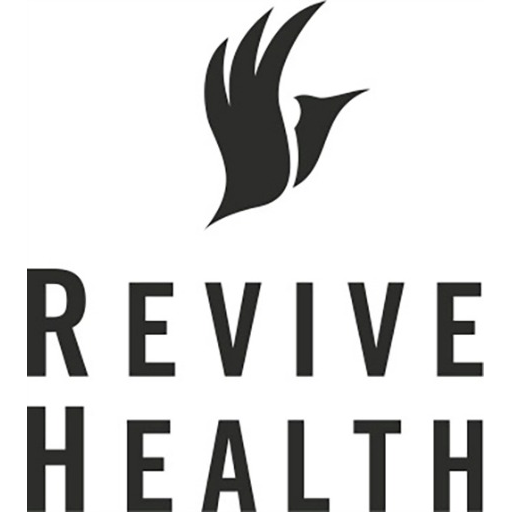Revive Health 24 Apr 2015 // 2:49PM GMT

Time is almost up, health IT communications leaders – you only have until February 6th to provide comments on the Office of the National Coordinator for Health IT’s (ONC) updated Federal Health IT Strategic Plan. What, this wasn’t on your to-do list? You’re forgiven if you want to skip providing official commentary – after all, organizations like the American Academy of Family Physicians and Consumer Work Group clearly have that covered – but you’d be remiss to ignore the opportunities that these federal objectives offer you as a marketing communications professional and strategic partner to your C-suite.
The five federal health IT goals identified by the ONC as priorities in the years 2015 – 2020 are:
- Expand Adoption of Health IT
- Advance Secure and Interoperable Health Information
- Strengthen Health Care Delivery
- Advance the Health and Well-Being of Individuals and Communities
- Advance Research, Scientific Knowledge, and Innovation
Over the next week, I’ll be exploring each of the five goals outlined in the plan and spotlighting how you can use them to accelerate your company’s marketing efforts to become a leading voice in the discussion around the future of health IT.
Goal 1: Expand Adoption of Health IT.
Objective A: Increase the adoption and effective use of health IT products, systems, and services.
Let me go out on a limb – this objective just plain cannot happen without your involvement. You are the conduit between the product and the market, the usage and the storyline. You have to live up to this responsibility or health IT will never achieve its full potential in the marketplace.
While significant inroads have been made on provider adoption of EHRs – 75% of eligible healthcare professionals and 92% of eligible hospitals had received incentive payments for their EHRs as of last June – health IT is about a lot more than just EHRs, and there’s a ways to go in making sure that usage is effective and meaningful.
To meet this objective and achieve market success, you’ll need a full suite of integrated communications, from content marketing to thought leadership. And at the heart of success will be smart, targeted messaging that understands the specific provider audience inside and out.
Objective B: Increase user and market confidence in the safety and safe use of health IT products, systems, and services.
Your boss is – or should be – asking you regularly how you’re helping promote and sell your company’s solutions. And part of your answer is – or should be – that you’re building a market ripe and open for those solutions. You are your company’s path to the user and the market, and your case studies should map back to core messaging around the safety and efficacy of what you deliver.
And your role goes beyond just reaching potential customers. Marketing leaders within organizations need help educating internal stakeholders, including physicians, on how best to use these new tools, and on how they’re increasingly responsible for improving patient engagement. As their roles evolve, yours does too.
Objective C: Advance a national communications infrastructure that supports health, safety, and care delivery.
If your role in advancing broadband and high-speed wireless across the nation isn’t immediately apparent, you’re not looking hard enough. This is an opportunity for you to become an industry advocate for change. Set up a meeting with your brightest developers and subject matter experts to talk about your company’s vision for national, even international, connectivity, and create a piece of content coming out of it. With this priority on the federal government’s horizon, the opportunity to insert yourself into the conversation has never been stronger.
Click here to read Shannon's take on next four goals: Embracing Interoperability in Health IT, Health IT’s Role in Improving Healthcare Delivery, Tell the Human Side of Your Health IT Story and Creating a Health IT Ecosystem.
By Shannon McIntyre Hooper, Senior Vice President at Revive Health


































.jpg)












